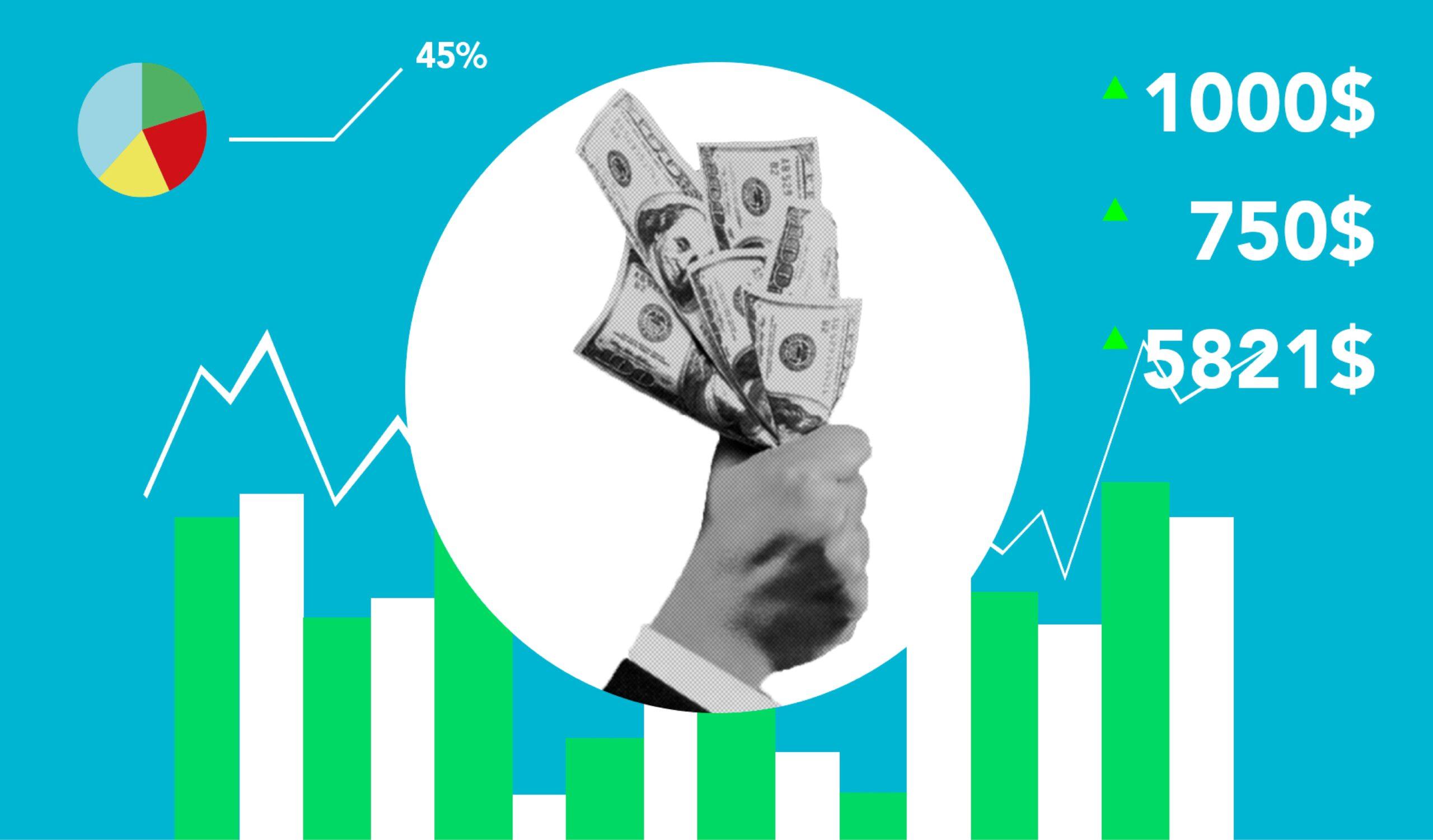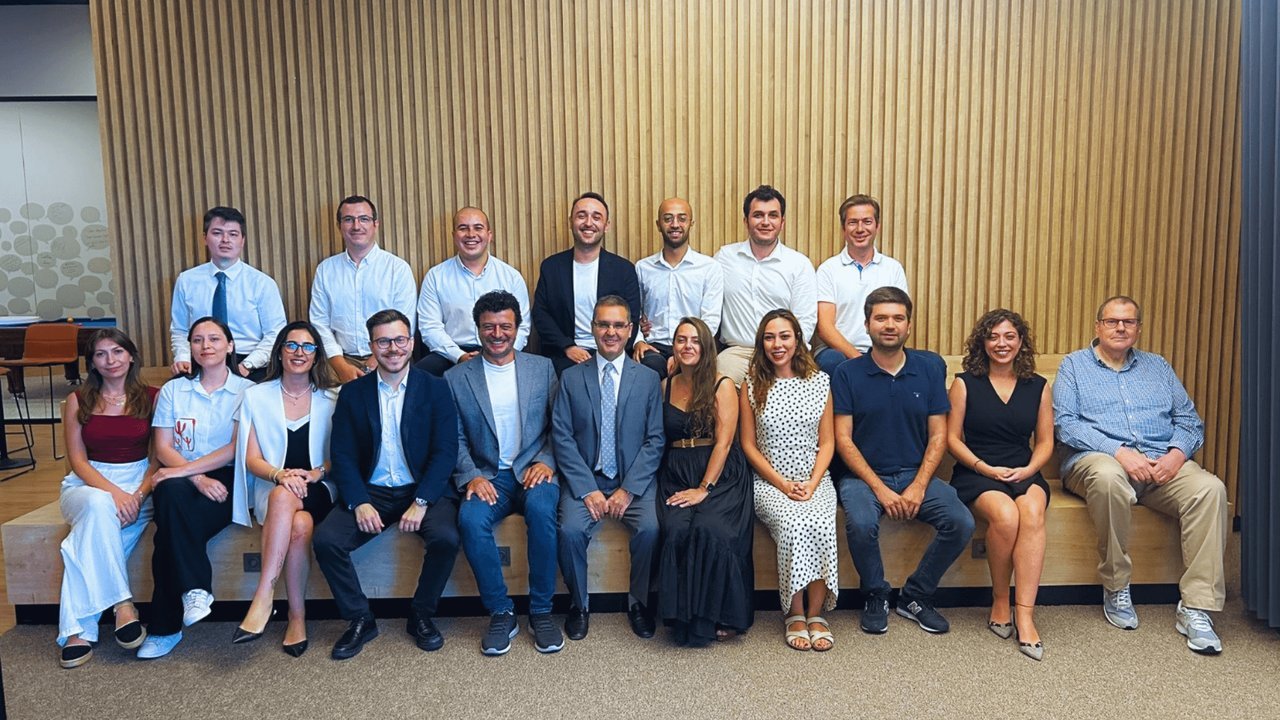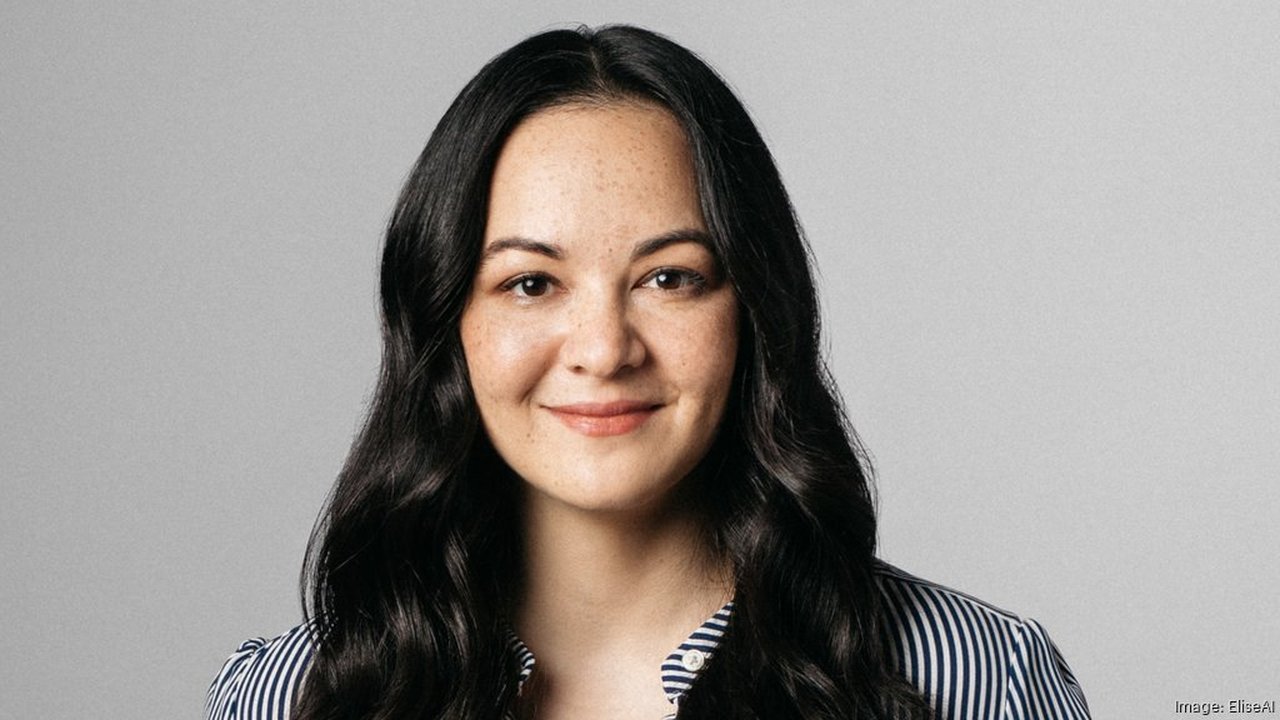The four most common models of crowdfunding are donation-based, reward-based, equity-based and borrowing-based. These four models are usually divided into two categories: those that do not offer financial returns and those that do.
Also See: Google Accused of Spending Millions on Misleading Radio Ads
Models Not Offering Financial Returns
It aims to support projects where contributors do not expect a financial return. It can be used in many categories, from improving the standard of living of people in need in areas such as health or education to supporting environmental or technology-oriented projects that are believed to take humanity one step further. Donation-based crowdfunding is a fully digital endeavor for individuals who want to support social events. Donation-based crowdfunding can be used to support areas affected by natural disasters. This model can be used to finance all imaginable services, from funding the transportation costs of the food planned to be delivered to the victims in the earthquake zone to the construction of temporary shelters.
The use of this model is not limited to short-term projects. In many countries, municipalities use donation-based crowdfunding to fund public services such as bridges, roads, treatment plants and schools. In some cases, individuals living in the area can start a campaign themselves to fund projects that are not considered social services, but which they would like to see realized. Keeping supporters informed about the progress of the project increases their loyalty. This is often the key to building long-term relationships (Buysere et al., 2012). A key factor in the success of any crowdfunding campaign is the ease with which individuals can access information about the projects. Campaign supporters who can easily follow the developments of the projects not only develop a sense of trust, but also build a bond with the projects and want to see how far they will go in the future. This model, which has been implemented in Turkey since 2010, is not subject to legal regulation.
Reward-based crowdfunding works on rewarding investors who back a project with various rewards or services. Rewards such as sending the product produced as a gift to the individuals who support the project or the names of the people who support large amounts in projects such as movies and series are frequently used. This model is particularly popular in the world of digital entertainment and gaming. Individuals who support such projects have the opportunity to obtain these products for free or before they are released, depending on their support.
One of the key advantages of reward-based crowdfunding is that backers are also potential customers. In fact, individuals who support the project have the opportunity to access the products that will emerge if the project is successful at an early stage at a cheaper price. With this method, while supporting the emergence of technological products, they also have the advantage of being among the first users. This method, called pre-selling, is an important sales strategy and is frequently used not only by startups but also by many businesses. Through pre-sales, entrepreneurs have the opportunity to make a real analysis of the market and gain experience in various areas, from the quality of products to the preferences of distribution channels.
One of the successful reward-based crowdfunding projects is the pebble smartwatch project. This project raised 10.3 million dollars in its first crowdfunding even though its target was 100 thousand dollars. In its second funding, it broke a record by raising 20.3 million dollars from 78 thousand people, although the target funding amount was 500 thousand dollars. This model is not subject to a legal regulation in our country and has been used to finance projects since 2010.
Models Offering Financial Returns

It allows early and growth-stage startups to capitalize on their high growth potential by investing in return for shares. It is the collection of money from the public through crowdfunding platforms within the scope of the legal regulations set by the Capital Markets Board (CMB) in order to provide the funding needed by a project or startup company. Equity-based crowdfunding offers everyone the opportunity to become a shareholder (buy shares) in innovative startups, even in small amounts, thereby spreading startup capital to the grassroots. Many successful startups have been funded through this method at an early stage, and both the startups and the investors have benefited greatly.
For example, Revolut, the digital bank that raised funds through equity crowdfunding in 2016 and 2017, has more than doubled its value more than 50 times in the last four years, and 6 times since 2020. As another example, Monzo, a next-generation banking service, raised £1 million in 96 seconds through an equity crowdfunding campaign in 2016. The shares of investors who participated in this campaign are now 15 times more valuable. For the first time in Turkey, a legal regulation was made by the CMB on October 3, 2019, and then on October 27, 2021, the "Crowdfunding Communiqué (III - 35/A.2)" was published as new legislation, including the regulation of crowdfunding based on borrowing.
It is the most widely used model in the world based on individuals or companies lending money to individuals (P2P, B2P), businesses (P2B, B2B) or public organizations (P2G, B2G). Repayment of loans can be one-time or divided into installments. Repayments are usually interest-bearing, but can also be interest-free. Dr. Muhammad Yunus, the founder of Grameen Bank, created the concept of microcredit during the famine in Bangladesh in 1974 and provided interest-free loans to millions of people in need.
In this system, investors participated without expecting a financial return, out of a sense of helping people in difficult situations rather than expecting high interest returns. This is an example of an interest-free application of borrowing-based crowdfunding. For this work, Dr. Muhammad Yunus was awarded the Nobel Peace Prize. In Turkey, borrowing-based crowdfunding was legalized with the "Communiqué on Crowdfunding (III - 35/A.2)" published by the CMB on October 27, 2021. According to the legal regulation, borrowing-based crowdfunding activities can be implemented through crowdfunding platforms listed by the CMB.





No comments yet for this news, be the first one!...